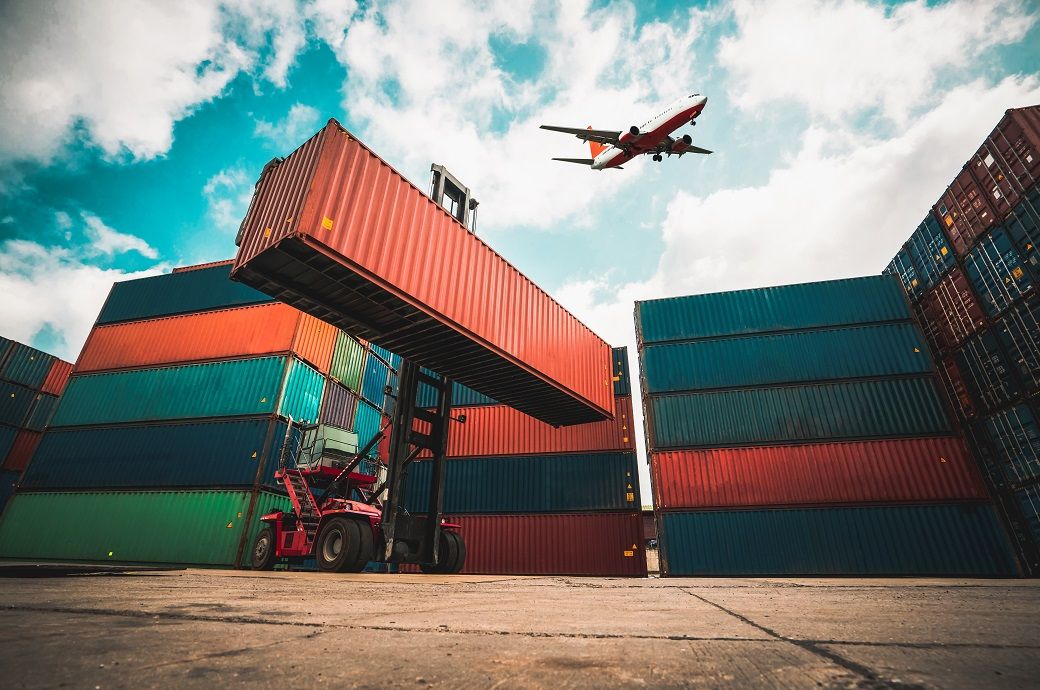
Capacity, measured in available cargo tonne-kilometers (ACTK), increased by 1.7 per cent year-on-year in June 2025. For international operations, capacity grew by 2.8 per cent compared to June 2024.
“Overall, air cargo demand grew by a modest 0.8 per cent year-on-year in June, but there are very differing stories behind that number for the industry’s major players. Trade tensions saw North American traffic fall by 8.3 per cent and European growth stagnate at 0.8 per cent. But Asia-Pacific bucked the trend to report a 9.0 per cent expansion. Meanwhile, disruptions from military conflict in the Middle East saw the region’s cargo traffic fall by 3.2 per cent,” said Willie Walsh, IATA’s director general.
“The June air cargo data made it very clear that stability and predictability are essential supports for trade. Emerging clarity on US tariffs allows businesses greater confidence in planning. But we cannot overlook the fact that the ‘deals’ being struck are resulting in significantly higher tariffs on goods imported into the US than we had just a few months ago. The economic damage of these cost barriers to trade remains to be seen. In the meantime, governments should redouble efforts to make trade facilitation simpler, faster, cheaper and more secure with digitalisation,” said Walsh.
Several factors in the operating environment influenced air cargo performance in June. World industrial production rose by 3.2 per cent year-on-year in May, while global goods trade increased by 5 per cent. Jet fuel prices were 12 per cent lower than a year earlier, marking the fourth consecutive annual decline, though they rose 8.6 per cent compared to May. Global manufacturing showed signs of recovery, with the PMI climbing to 51.2. However, the PMI for new export orders, while improving by 1.2 points, remained in contraction at 49.3, weighed down by recent shifts in US trade policy, IATA reported.
In June 2025, regional air cargo performance varied significantly across the globe. Asia-Pacific airlines recorded the strongest demand growth, with a 9.0 per cent year-on-year increase, and a 7.8 per cent rise in capacity. In contrast, North American carriers experienced the steepest decline, with demand falling by 8.3 per cent, and capacity down 5.1 per cent. European carriers posted modest growth of 0.8 per cent, with capacity up 2.6 per cent.
Middle Eastern carriers saw demand drop by 3.2 per cent, despite a 1.5 per cent increase in capacity. Latin American carriers reported a 3.5 per cent increase in demand, though capacity declined by 0.4 per cent. African airlines faced a 3.9 per cent decrease in demand, while their capacity rose by 6.2 per cent.
Trade lane trends showed growth in air freight volumes on major corridors from and within Europe, and between the Middle East and Asia. However, other key routes from and within Asia, and from North America, experienced notable declines in June.
ALCHEMPro News Desk (RR)
Receive daily prices and market insights straight to your inbox. Subscribe to AlchemPro Weekly!